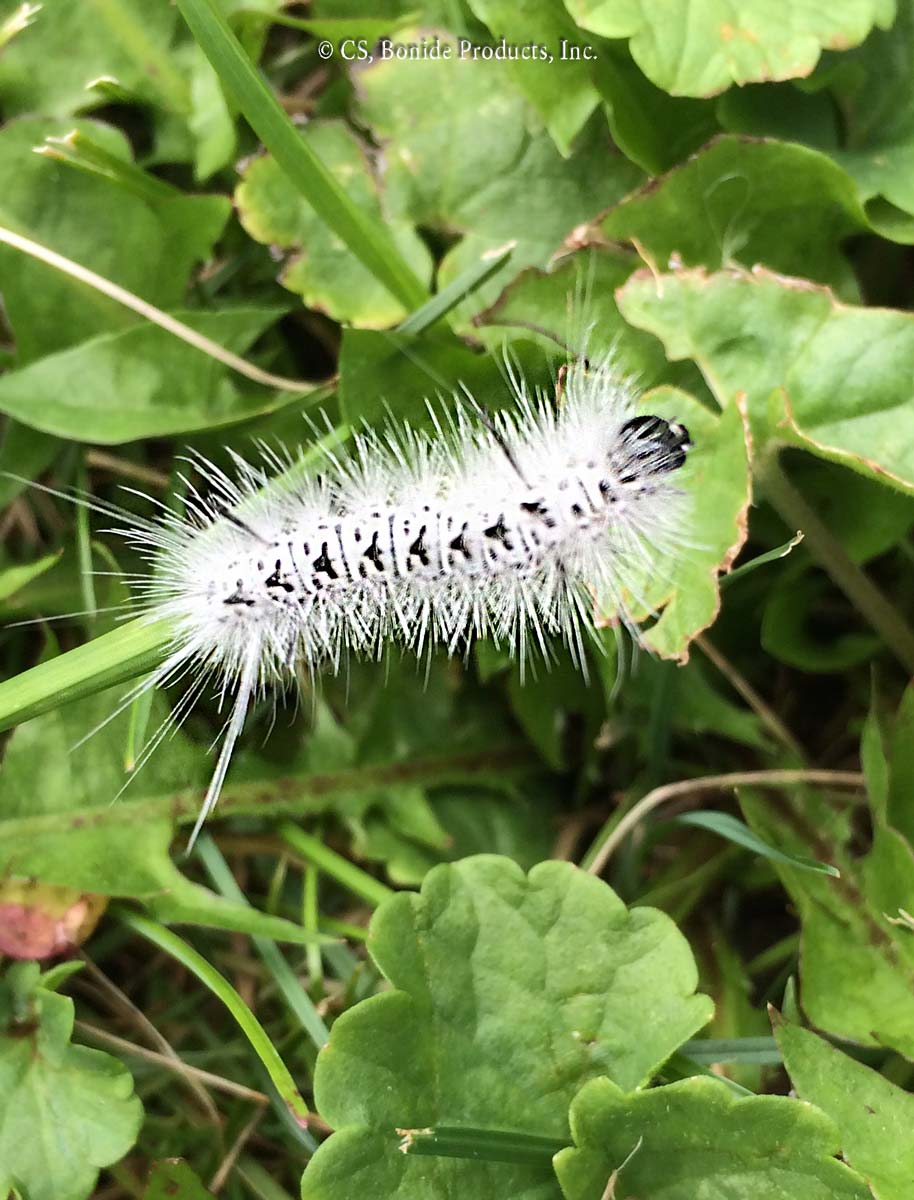
Tussock Moth Larvae (Orgyia sp.) is a spring-hatching rose defoliator that is bristly, and brightly colored. These caterpillars have hairy tufts along their bodies and horn-like tufts on their heads. Only one or two generations of tussock moths hatch each year. Outbreaks tend to be localized because the female moth cannot fly. The females attract a male moth to mate with, then the female will lay the eggs on her cocoon. Young caterpillars are present in late spring; however, they are likely to escape detection due to their small size and causing only minor damage. When the larvae get large their feeding injury become easily visible. Shrubs such as roses may be completely defoliated. The cause of defoliation can be identified from egg masses on the cocoons even after larvae have matured to adults. Cocoons can be found on the bottom leaves and stems of plants, under eves of structures and in other nooks and crevices.
Do not touch the caterpillars or their cocoons without gloves as contact with the skin can cause itching.






